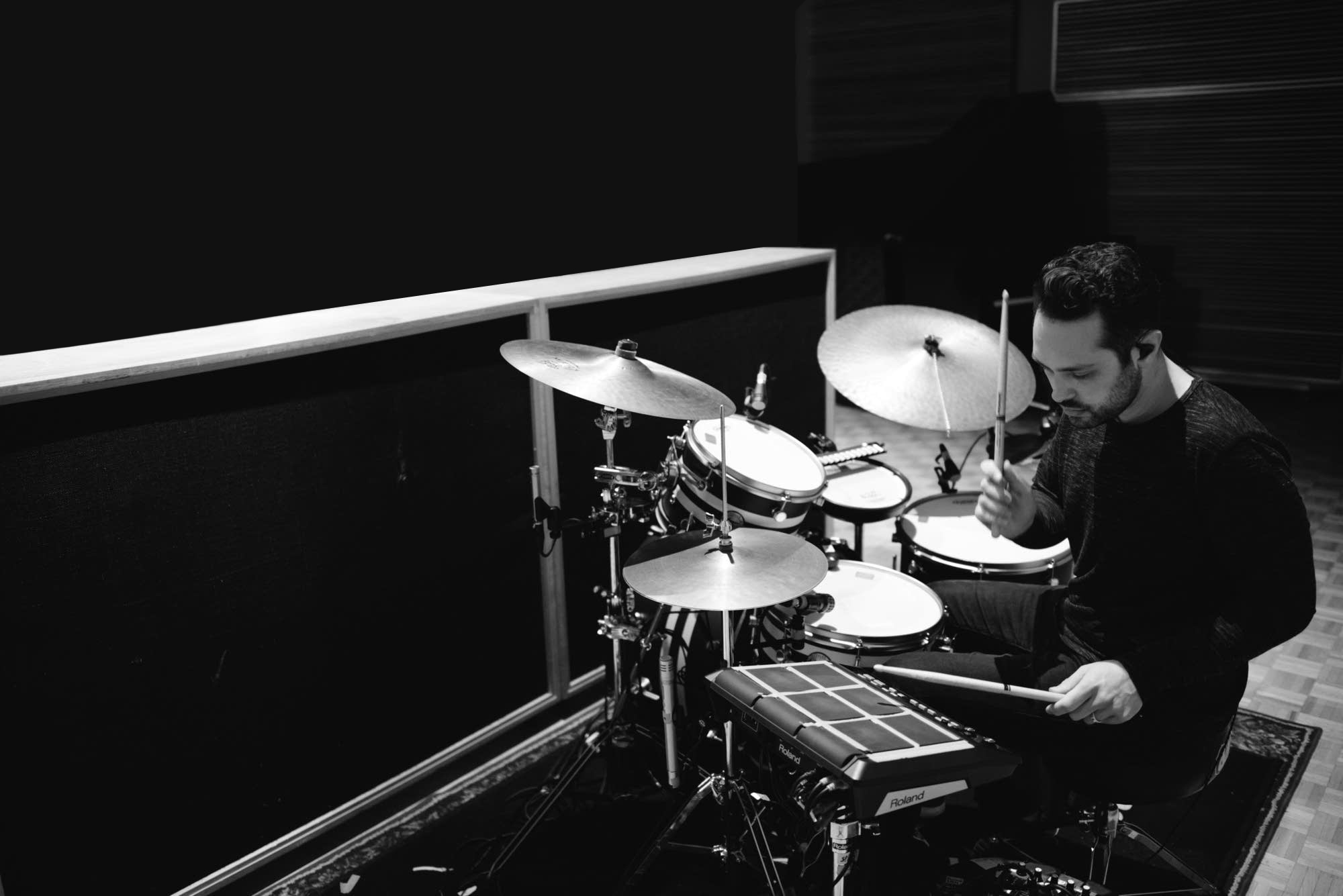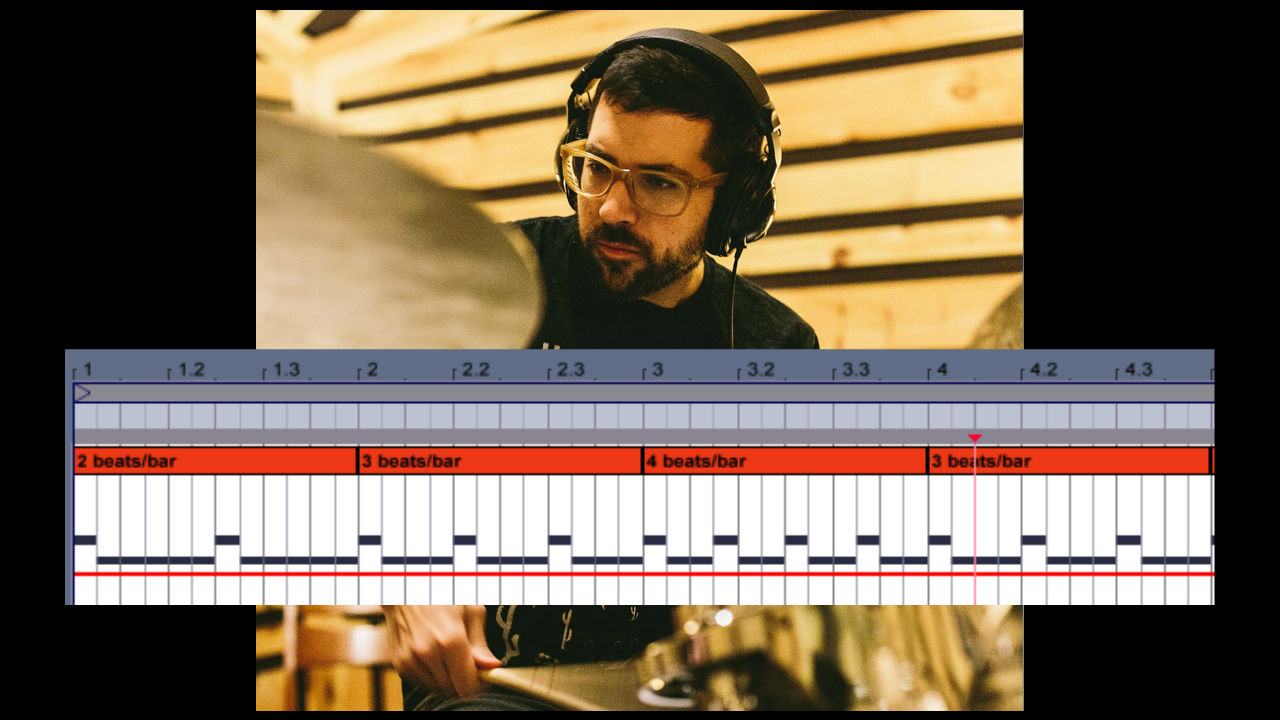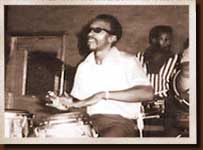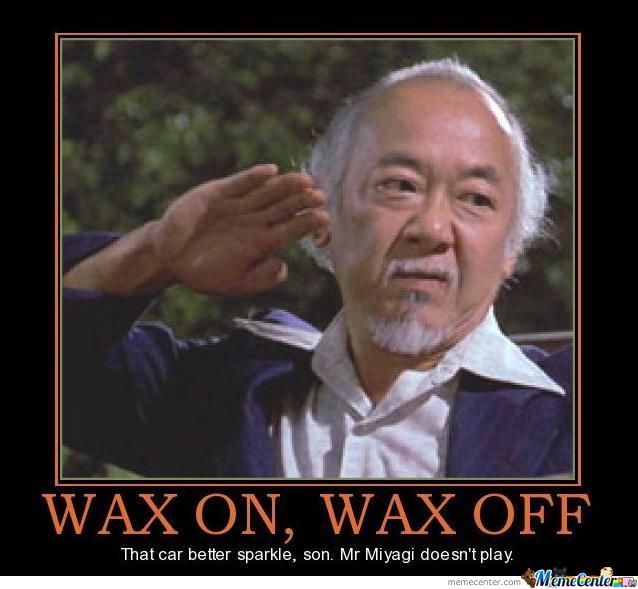I was surfing YouTube for some practice inspiration and came across Nate Smith’s videos. Nate, who goes by The 80/20 Drummer, has loads of great videos where he analyzes other drummers and sort of dissects unique aspects of their playing that us drummers can put to use in our practice. That’s exactly what he does in the video below on Mark Guiliana and, specifically, Mark’s approach to practicing metric modulation. Mark is one of my favorite drummers, and I think a big piece of Mark’s originality comes from his phrasing as he moves between different time feels and subdivisions.
To sum up Nate’s exercise, you take a bar of ¾ time and subdivide it with 16th notes so that you have 12 16th notes per bar. From that bar of 12 16th notes you can derive different time feels or pulses just by grouping those 16th notes into groups of 6, groups of 4, and groups of 3. Groups of 6 feels like 2 pulses per bar; groups of 4 feels like 3 pulses per bar; and groups of 3 feels like 4 pulses per bar. If that explanation gives you nightmare flashbacks of middle school math, just watch Nate’s demonstration. If you prefer to think about it in terms of actual note values, groups of 6 are dotted quarter notes, groups of 4 are quarter notes, and groups of 3 are dotted eighth notes. The point is, these different groupings give the illusion of a pulse that speeds up and slows down, but the underlying time is constant.
Nate’s exercise is a 4-bar phrase in ¾ time, with each bar divided into groups of 6, groups of 4, groups of 3, then back to groups of 4. You can play a simple pattern on the kick/snare/hihat at the speed of each grouping pulse. The challenge comes when switching between grouping pulses. When I tried practicing this, I found it difficult at first to feel the pulses without counting. So I used Ableton Live to program some loops to help me out.
The first metronome in the playlist below is a 2-minute loop of Nate’s 4-bar phrase, with accented notes defining the pulse groupings and unaccented 16th notes in between. The graphic is what it looks like programmed in Ableton. Each vertical line is a 16th note. The second metronome is a 2-minute loop of the 4-bar phrase, with only the accented notes. I made versions of both metronomes at 90 and 130 BPM which is why there are 4 videos in the playlist.
These two metronomes are like training wheels. Use them to gauge where you’re pulling ahead and where you’re lagging behind as you transition between pulses. Ideally, after a little practice you’ll be able to feel the pulses internally. I think it’s a good idea to start with the first metronome. Then, when you’re comfortable with that at both tempos try the second. Then, you can transition to a basic 16th note metronome like the one Nate uses, eventually improvising in each pulse grouping for extended periods.
Anyway, props to Nate for coming up with this methodical approach to understanding this aspect of Mark Guiliana’s playing! Check out the 80/20 Drummer YouTube channel for more great stuff.
(And listen to Mark Guiliana)



